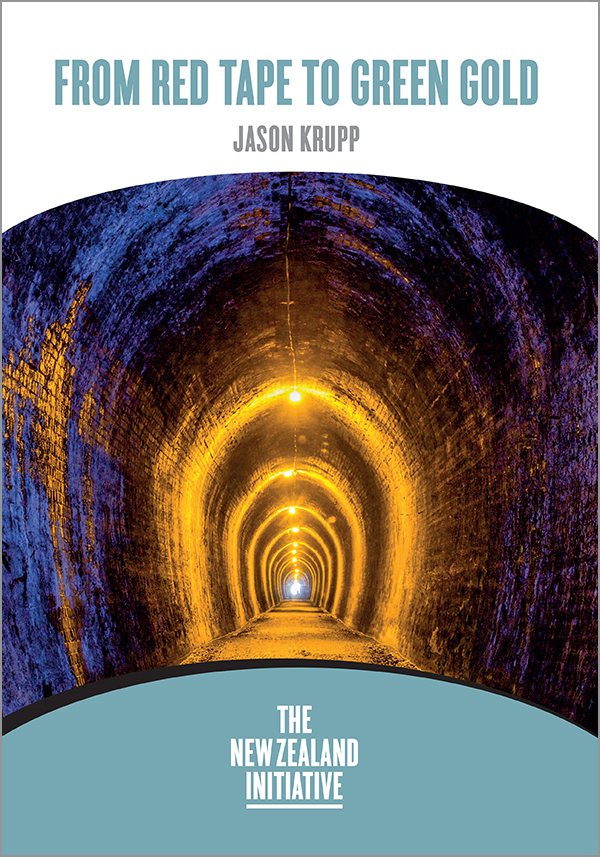This is the second and final report in The New Zealand Initiative’s series on the mineral estate and the regulatory landscape that surrounds it. The first report, Poverty of Wealth, examined the situation where rural economies, under pressure from ongoing urbanisation and increased global competition, have largely failed to exploit the mineral wealth at their disposal as a means of stemming this decline. The report laid the blame for this at the feet of the onerous and complex regulatory framework that governs the mineral estate in New Zealand, specifically the Resource Management Act (RMA).
The process of seeking planning permission under the RMA is widely recognised to be costly, time consuming, and complicated, with little predictability of outcome. This is particularly concerning for mining ventures - large capital-intensive projects that are inherently risky even before a high degree of regulatory uncertainty is added to the process.
An obvious place to try fix the RMA is at a local government level, as councils are tasked with performing consent assessments under the legislation. A 2013 survey conducted by the Productivity Commission showed 70% of regional, district, city and unitary councils experienced difficulty with the complexity of regulation, and more critically, the struggled with the process amid a lack of guidance from central government. Most councils also struggled to recoup costs of consenting through fees, while more than half found the process of hiring and paying qualified staff a difficulty.
This report, From Red Tape to Green Gold, identifies the source of much of this regulatory gridlock as central government.
Under the design of the RMA, the Ministry for the Environment is supposed to develop National Policy Statements (NPS) and National Environment Standards (NES) on matters that concern the entire country. This, like a tent pole, is supposed to form the basis on which the regional and district policy statements and plans hang. Yet since 1991, only four NPS documents have been drafted, covering electricity
transmission, renewable electricity generation, coastal policy, and freshwater management. In addition there are only five NES documents, covering air quality, sources of human drinking water, telecommunication facilities, electricity transmission, and soil contaminants.
Although this covers a lot of ground, it is equally clear how limited this advice is, particularly in the highly technical and specialised area of mineral extraction, which accounts for close to 10% of New Zealand’s exports in any given year. Central government guidance is also absent in other areas such landscapes of national significance, and ecological offset mechanisms.



